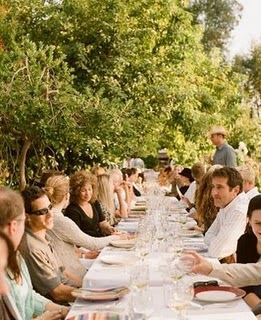Working, living and playing in a forest environment: is it possible?Selgas Cano’s architectural office near Madrid suggests so. Although critiques of the scheme suggest the ‘look but don’t touch’ approach of the sealed glazing is a limitation of the scheme. Natural ventilation is provided by a hinged pulley system at one end of the building.
Singapore’s Telok Blangah Hill Park’s forest walk constructed 60 feet above the ground demonstrates the ‘gem’ like qualities of a highly urbanised rainforest. Forest green space is valued and rare. One way to preserve the forest, yet to provide visual and physical recreational access, is to construct a forest walk. New questions arise. Do forests and their inhabitants suffer from noise pollution with large visitor numbers? The forest is home to squirrels, sunbirds, doves, lizards and white-crested laughing thrushes.
And then there is Zaha Hadid’s Capital Hill residence located in Barvikha Forest, Russia – taking forest dwelling to new heights.







